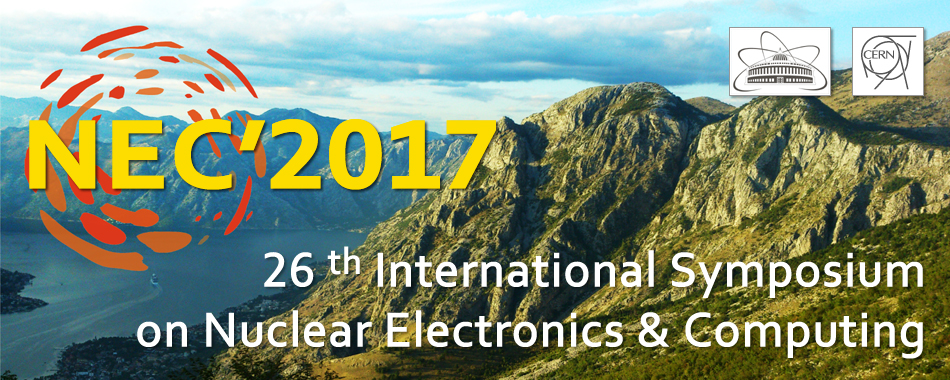Speaker
Malachi Schram
(PNNL)
Description
The existence of large matter-antimatter asymmetry (CP violation) in the b-quark system as predicted in the Kobayashi-Maskawa theory was established by the B-Factory experiments, Belle and BaBar.
However, this cannot explain the magnitude of the matter-antimatter asymmetry of the universe we live in today which indicates undiscovered new physics exists.
The Belle II experiment at the SuperKEKB collider in Tsukuba, Japan is designed to investigate for new new physics starting in early 2019 and aims to collect 50 times more data than the Belle experiment.
At designed luminosity the Belle II computing must handle tens of PetaByte per year and an estimated aggregate of 350 PB of data.
Computing at this scale requires efficient and coordinated use of the compute grids in North America, Asia and Europe and will take advantage of high-speed global networks.
We present the general Belle II computing model, the production system with a focus on the distributed data management system.
Additionally, we present how U.S. Belle II is using virtualization techniques to augment computing resources by leveraging Leadership Class Facilities (LCFs).
Author
Malachi Schram
(PNNL)

